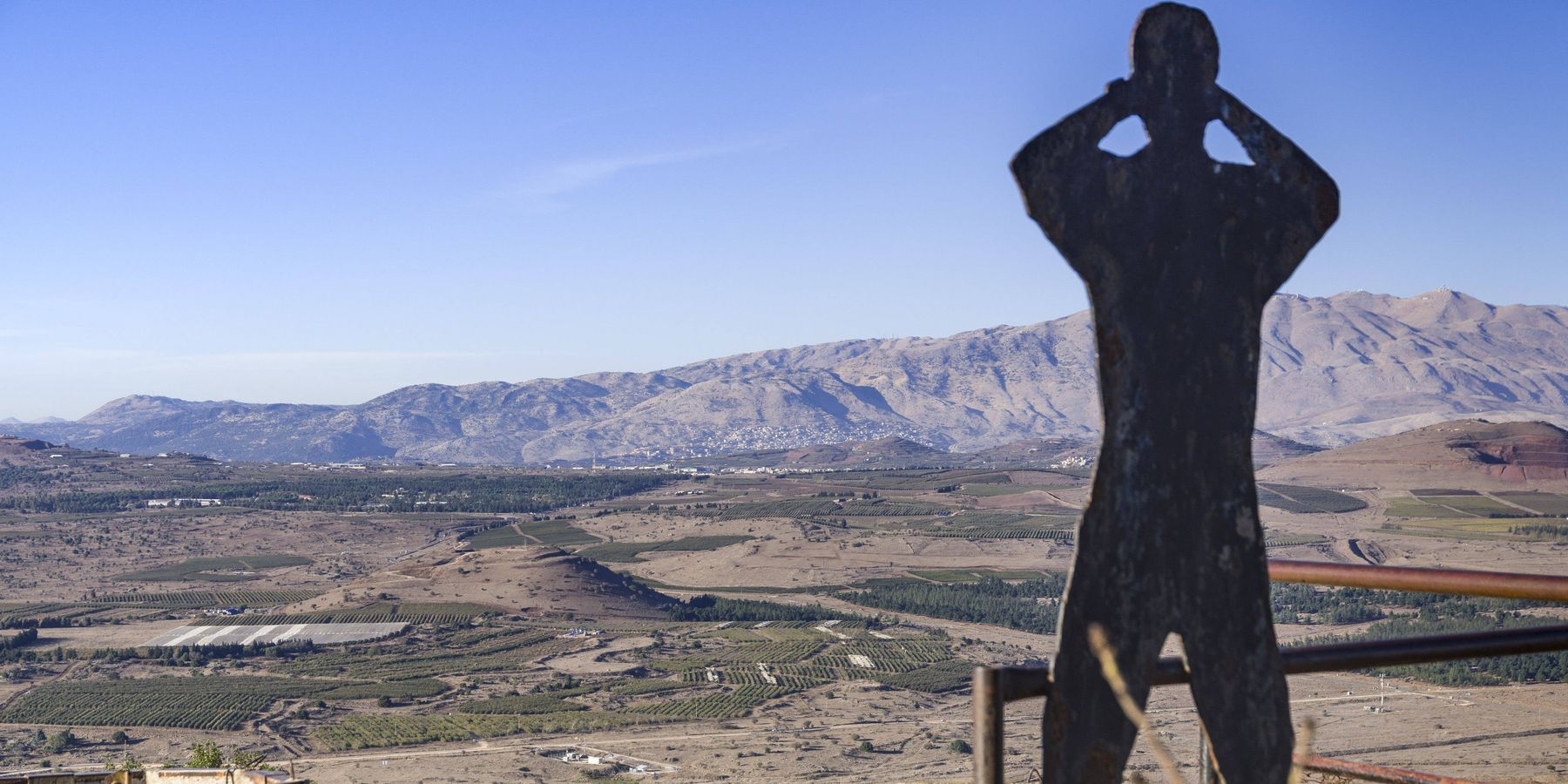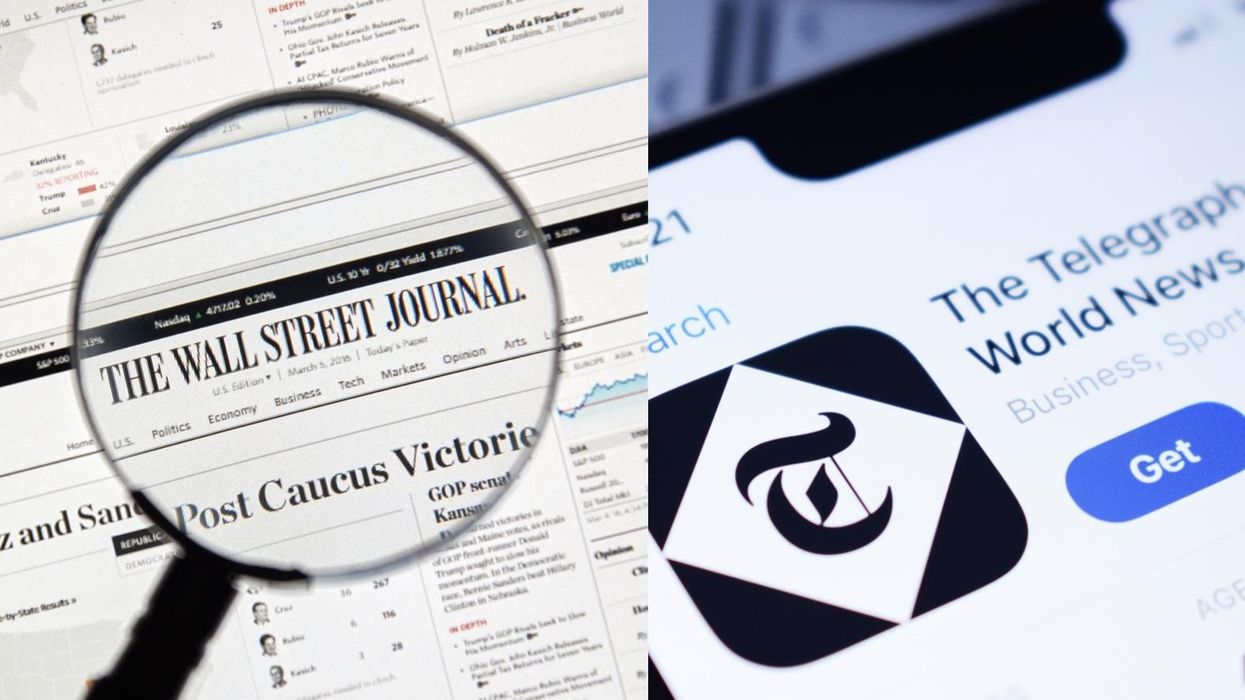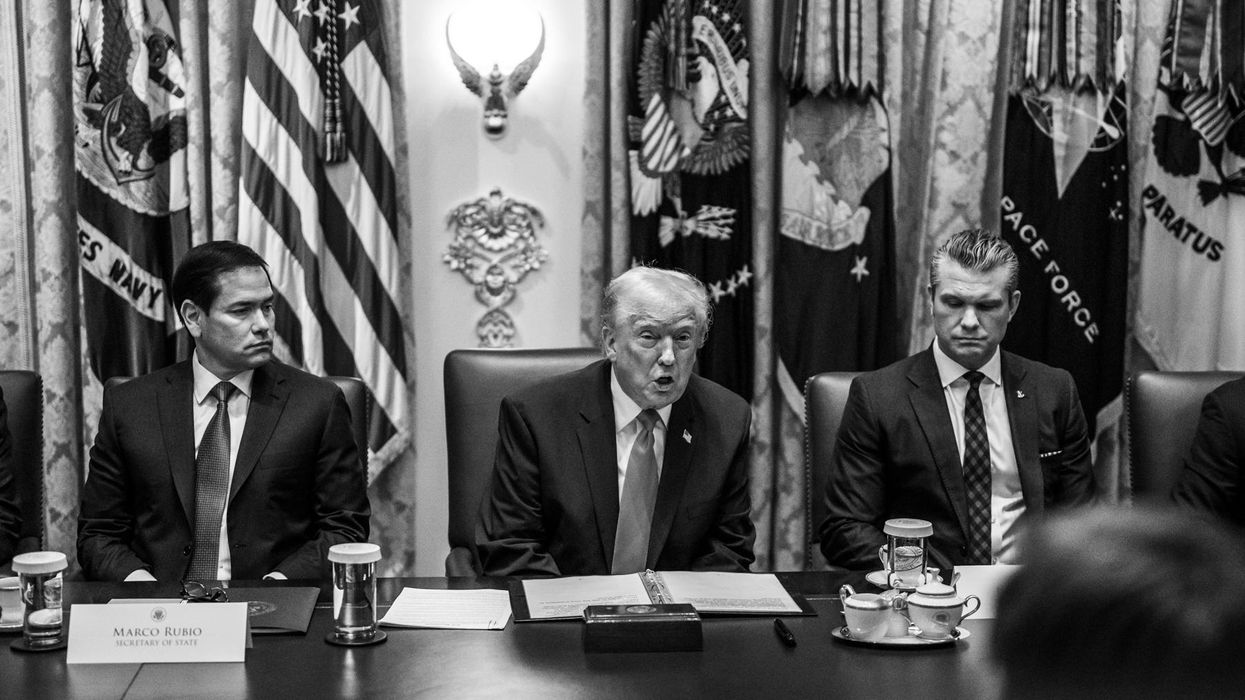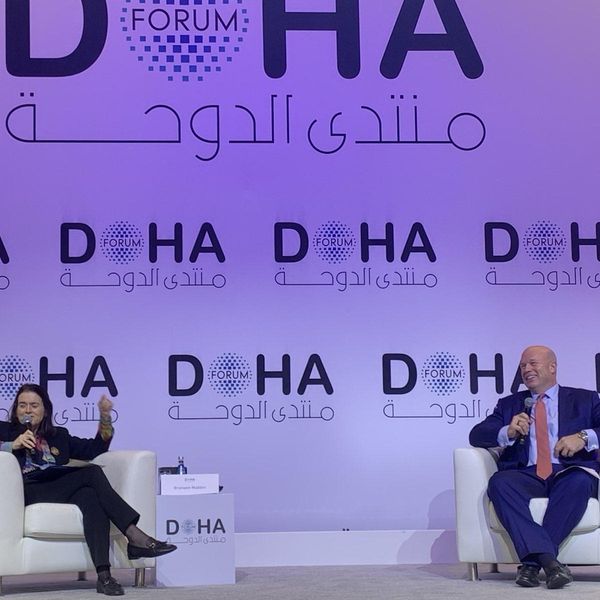Beyond Gaza, the West Bank, and Lebanon, Israel now appears to have set its sights as well on the festering conflict with Syria, constructing developments in a critical buffer zone between the two countries in violation of a previous ceasefire agreement and sparking fears of further conflict escalation in the region.
Last week, the Associated Press published aerial footage of Israel building along the Alpha Line, which delineates a demilitarized zone or area of separation between Syria and the Israeli-occupied Golan Heights. Images taken on November 5 by Planet Labs PBC for AP showed about 4.6 miles of construction by Israeli forces along the line.
“In recent months, [the UN Disengagement Observer Force] UNDOF has observed some construction activity being carried out by the IDF along the ceasefire line,” a UN peacekeeping spokesperson told RS. “The IDF construction of ditches and berms appears to prevent movements across the ceasefire line of individuals from the area of separation. UNDOF has observed that, during the construction, in some instances, IDF personnel and Israeli excavators and other construction equipment, and the construction work encroach into the area of separation.”
Such construction efforts, which the AP footage suggests is ongoing, were previously mentioned by Geir O. Pedersen, Special Envoy of the Secretary-General for Syria, to the UN Security Council late last month.
Israel, which presented a 71-page report alleging Syrian violations of the Alpha Line to the UN Security Council in June, says its construction efforts are necessary for defense. As the Israeli Defense Forces (IDF) told CNN, such developments are intended “to establish a barrier on Israeli territory exclusively in order to thwart a possible terrorist invasion and protect the security of Israel’s borders.”
But fears persist that these developments could threaten a decades-long ceasefire agreement that has been key to maintaining relative peace between Israel and Syria, which have formally been at war since 1948. To uphold this ceasefire, UNDOF has patrolled the demilitarized zone since 1974.
“Violations of the 1974 Disengagement Agreement have occurred where engineering works have encroached into the AoS [Area of Separation, or demilitarized zone],” UNDOF said in a November 12 statement, according to AP. “There have been several violations by (Israel) in the form of their presence in the AoS because of these activities.”
Such “severe [Israeli] violations” around the demilitarized zone, UNDOF claimed, “have the potential to increase tensions in the area.”
A UN spokesperson also stressed to RS that “UNDOF protests all violations of the Disengagement Agreement.”
Territorial disputes between Syria and Israel remain a contentious subject. A 1981 UN Security Council resolution deemed Israel’s occupation of the Golan Heights territory — which Israel seized from Syria during the 1967 Arab-Israeli War and annexed in 1981 — “null and void and without international legal effect.”
In contrast and sparking controversy among Syrians and myriad governments alike, the Trump administration recognized Israel’s sovereignty over the Golan Heights in 2019, a decision subsequently upheld by the Biden administration.
And now, developments in the Alpha Line area suggest that Israel intends to expand its territorial control.
“It is essential to see [ongoing Israeli developments near the Alpha Line] in the wider context of Israel’s constant attacks on targets in Syrian territory, especially since October 7, 2023, and its determination to take full advantage of the Syrian state’s weakness to advance the Netanyahu government’s Greater Israel agenda,” Giorgio Cafiero, the CEO of Gulf State Analytics, a Washington-based geopolitical risk consultancy, told RS.
“What Israel is doing is consolidating its hold over the occupied Golan Heights,” according to Josh Landis, a non-resident fellow at the Quincy Institute who chairs the Middle East Studies Department at the University of Oklahoma. In an interview with RS, he noted that there are about 25,000 Israeli settlers currently in the Golan Heights. “Over the last several years, there’s been a big effort to grow the settlements and increase by 5,000…the number of settlers in the [Golan Heights]. ...And so, Israel is expanding.”
Regional Israeli offensives intensify
The Alpha Line-area construction follows many Israeli incursions and assaults across the region since Hamas launched its deadly attacks against Israel on Oct. 7, 2023. This includes extended IDF airstrikes and ground operations in the Gaza Strip, which have killed over 43,000 Palestinians, mostly civilians, to date. In addition to restricting Palestinians’ movements there, the IDF has also increased the number and scale of its attacks and raids on Palestinian towns and refugee camps in the West Bank, which several Israeli cabinet members have recently urged the government to fully annex.
Asserting itself over the border between Gaza and Egypt as well, the IDF took over the Rafah crossing last May, destroyed its departure hall, and established a military presence along the so-called Philadelphi Corridor that runs along the border. Israel insists these actions were designed to prevent weapons smuggling. For its part, Egypt, which has strongly objected to these operations and denied that any smuggling from its side of the border has taken place, has charged that Israel is using the issue to obstruct ceasefire negotiations.
Zooming out, Israel has increasingly attacked neighboring Lebanon as part of its war against Hezbollah, which has been engaging in its own rocket and missile attacks against Northern Israel since Oct. 7.
Israel's recent attacks in Lebanon include strikes on humanitarian zones, residential areas, villages, and pager bombings in September that killed 12 and wounded 2,800. Expanding ground operations, Israel is currently sending troops further into southern Lebanon in an intensifying military campaign to rout Hezbollah that has decimated villages close to the border. Israeli forces have also hit Lebanese Army facilities, and targeted UN peacekeepers and their bases in Lebanon, injuring UN staff and attacking UN-maintained watchtowers, fences, and other structures.
Although it has received little media coverage, Israel has also been striking Syria at an increased rate since October 7. On Nov 14, for example, Israeli aircraft bombed residential buildings in the Syrian capital Damascus, killing 15. On Wednesday, Israeli airstrikes killed upwards of 36 people in the Syrian city of Palmyra, according to Syrian state media.
Israel’s latest actions across the Alpha Line are taking place as Syria, itself recovering from over a decade of war, has taken in hundreds of thousands of refugees fleeing growing Israeli operations in Lebanon.
“Israel has been bombing Syria at least three times a week since October, so the ceasefire [between the two countries] is already threatened by this constant military activity,” Landis told RS.
Reporting to the UN Security Council last month, Pedersen stressed that the recent escalation could have dire consequences: “I want to issue a clear warning: regional spillover into Syria is alarming and could get much worse, with serious implications for Syria and international peace and security.”
Altogether, Israeli incursions of all kinds and against multiple targets risk greater escalation across the region. This is all made possible with continued U.S. assistance.
“This is a moment when (Netanyahu) is in the driver’s seat because the Biden administration has demonstrated it’s willing to back Israel in almost any military adventure in the region," noted Landis, "whether it’s an invasion of Lebanon or taking the Golan Heights, or endless war in Gaza.”
- Syria's stakes in the Israel-Gaza war ›
- Did Israel kill Iranian commander to provoke a wider war? ›
- Rebels seize on Assad weakness, attack Aleppo | Responsible Statecraft ›
- Washington's man in Lebanon? | Responsible Statecraft ›
- Can Trump cool Turkey-Israel tensions over Syria? | Responsible Statecraft ›
- Shotgun wedding? Israel and Syria go to the altar. | Responsible Statecraft ›
- Israel-Syria clash puts US policy in the crosshairs, again | Responsible Statecraft ›
- Israel blindsides Trump in self-serving effort to break up Syria | Responsible Statecraft ›
















